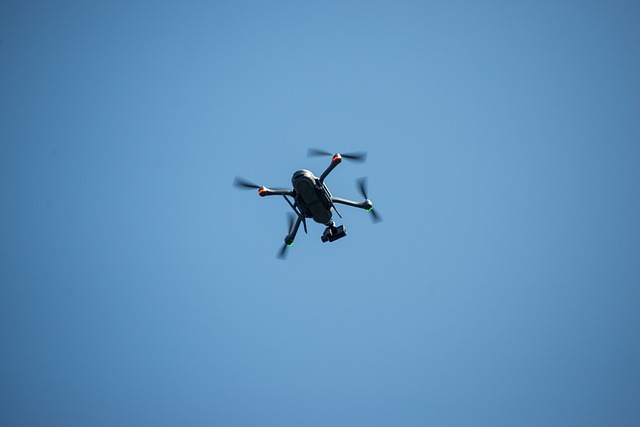Privacy regulations guide organizations in managing sensitive data from cloud-based video security systems. Encryption, consent, opt-outs, and secure access controls are vital for compliance. Regular audits and documentation ensure adherence to laws like GDPR or CCPA, fostering public trust in cloud-based video security solutions that offer scalability, accessibility, and advanced encryption while implementing role-based access controls and biometric authentication to protect data at rest and in transit.
In today’s digital age, compliance with privacy and security regulations is paramount, especially for cloud-based video security systems. As organizations increasingly adopt cloud-based solutions for surveillance, understanding and adhering to data protection laws become critical. This article explores key aspects of ensuring secure cloud-based video security, including regulatory compliance strategies that streamline management while safeguarding sensitive information. From data protection measures to access control, discover how to navigate this complex landscape effectively.
Understanding Privacy Regulations for Cloud Video Security
Privacy regulations play a pivotal role in shaping how organizations handle sensitive data, especially with the widespread adoption of cloud-based video security systems. As businesses increasingly rely on cloud technology for surveillance and video analytics, understanding and adhering to privacy laws become paramount. These regulations govern the collection, storage, and sharing of personal information, ensuring that data is handled securely and transparently.
For cloud-based video security solutions, compliance involves implementing robust measures to protect individuals’ privacy. This includes encrypting video data at rest and in transit, obtaining necessary consent for data processing, providing clear opt-out options, and ensuring secure access controls. Organizations must also be prepared to demonstrate their adherence through detailed documentation and regular audits.
Data Protection Measures in Cloud-Based Surveillance Systems
Cloud-based video security systems have become increasingly popular due to their scalability and accessibility. However, with great data collection power comes significant privacy concerns. To address these, robust data protection measures must be implemented. Encryption is a fundamental step, ensuring that video footage stored in the cloud remains unreadable to unauthorized users. Access controls, including multi-factor authentication, further safeguard sensitive information by limiting who can view and manage the data.
Regular security audits and updates are crucial to keeping pace with evolving threats. Organizations should also employ anonymization techniques for face recognition technology, balancing efficient surveillance with individual privacy rights. Compliance with regulations like GDPR or CCPA ensures that cloud-based video security practices not only meet legal standards but also foster public trust in this increasingly digital space.
Ensuring Secure Storage and Access Control
Ensuring secure storage and access control is paramount in managing privacy and security regulations, especially with the rise of cloud-based video security systems. These systems capture and store vast amounts of sensitive data, making it crucial to implement robust measures that safeguard against unauthorized access. Encryption techniques play a pivotal role here; by encrypting both at rest and in transit, organizations can protect their video footage from prying eyes.
Access control mechanisms further fortify security. Role-based access ensures that only authorized personnel with specific roles or permissions can view or manage the data. Biometric authentication adds an extra layer of protection, verifying user identities through unique physical traits like fingerprints or facial recognition. Regular audits and updates to access protocols are essential practices to maintain a high level of security in cloud-based video security systems.
Compliance Strategies for Efficient Video Security Management
Staying compliant with privacy and security regulations can be a complex task, especially in the realm of video security management. Implementing efficient compliance strategies is crucial for organizations to protect sensitive data while adhering to legal standards. One effective approach involves adopting cloud-based video security solutions. By leveraging remote storage and processing power, these systems reduce the risk associated with storing large volumes of video footage on-site, ensuring data privacy and security.
Cloud-based video security offers numerous advantages for compliance. It allows for centralized data management, making it easier to monitor and control access to recordings. Advanced encryption technologies further safeguard information, limiting unauthorized access. Additionally, cloud solutions often provide real-time video analytics, enabling organizations to quickly identify potential privacy breaches or security threats. This proactive approach facilitates efficient compliance and enhances overall system effectiveness.
As we’ve explored, ensuring compliance with privacy and security regulations is paramount for organizations leveraging cloud-based video security. By implementing robust data protection measures, securing storage and access controls, and adopting efficient compliance strategies, businesses can mitigate risks and maintain the integrity of their video surveillance systems while adhering to legal standards. This holistic approach not only safeguards sensitive information but also fosters public trust in an increasingly digital world.
